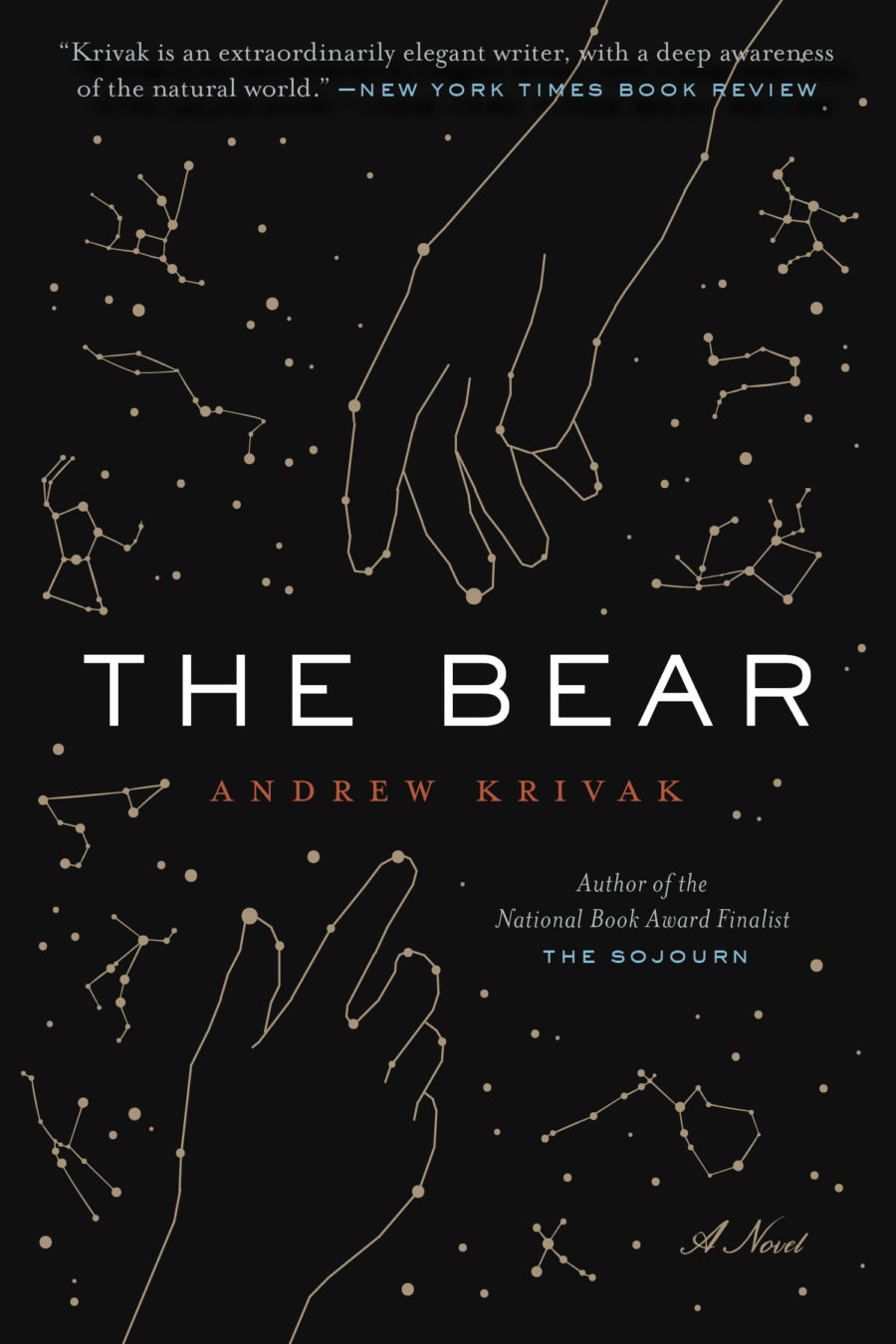It was a hard book to read, and heartbreaking, for Lewis was willing to lay down his life to achieve a just society, and he faced the most vicious violence.
Lewis has left behind a country still divided and angry, the dream of a Beloved Community unfulfilled. The struggle for the promise of America continues.
Meacham writes, "John Robert Lewis embodied the traits of a saint in the classical Christian sense of the term," a man who answered the call to do the Lord's work in the world. A man who faced tribulation and persecution for seeking the justice we are called to enact as our faith responsibility. A man who sought redemption for his country. A man whose faith never flagged, not in the face of hate and blows, not when the movement shifted away from non-violence. He was faithful to his Gospel call of peace and the establishment of The Beloved Community.
"The tragedy of man," the twentieth-century Protestant theologian Reinhold Niebuhr observed, "is that he can conceive self-perfection but cannot achieve it," Meacham quotes, adding, "And the tragedy of America is that we can imagine justice but cannot finally realize it."
I was only twenty when I married a seminary student. Professors and the school Dean had worked to integrate churches in the South. (see NYT article here.) I audited classes taught by these men. One wrote a seminal work on White Privilege, Segregation and the Bible. Another taught Niebuhr Moral Man in Immoral Society. It was an atmosphere that believed in faith in action, changing society to bring the Gospel to fulfillment.
The world has changed, including the church. Personal salvation and sanctity replaced social justice. Church as entertainment and community evolved. Separation from general society was the norm, with Christian music and businesses arising. We hardly recognize contemporary Christianity, especially it's alignment with Trump's divisive and racist actions.
We are at a decisive moment in history. What future will American choose?
Meacham is an inspirational and eloquent writer. His portrait of Lewis begins in his childhood through the Civil Rights movement and the Voting Rights act, ending with the rise of Black Power.
Meacham calls for us to be inspired by the life of John Lewis as we decide on our future in America. Will we remain divided and filled with hate? Or will we embrace love and faith in the value of every being? "God's truth is marching on," he reminds us, "We can do it...I believe we can do it."
Meacham ends his book with hope that America will yet achieve a just society.
I received a free ebook from the publisher through NetGalley. My review is fair and unbiased.
His Truth Is Marching On: John Lewis and the Power of Hope
by Jon Meacham
Random House Publishing Group - Random House
Pub Date August 25, 2020
ISBN: 9781984855022
hard cover $30.00 (USD)
from the publisher
An intimate and revealing portrait of civil rights icon and longtime U.S. congressman John Lewis, linking his life to the painful quest for justice in America from the 1950s to the present—from the Pulitzer Prize–winning author of The Soul of America
John Lewis, who at age twenty-five marched in Selma, Alabama, and was beaten on the Edmund Pettus Bridge, was a visionary and a man of faith. Drawing on decades of wide-ranging interviews with Lewis, Jon Meacham writes of how this great-grandson of a slave and son of an Alabama tenant farmer was inspired by the Bible and his teachers in nonviolence, Reverend James Lawson and Martin Luther King, Jr., to put his life on the line in the service of what Abraham Lincoln called “the better angels of our nature.”
From an early age, Lewis learned that nonviolence was not only a tactic but a philosophy, a biblical imperative, and a transforming reality. At the age of four, Lewis, ambitious to become a minister, practiced by preaching to his family’s chickens. When his mother cooked one of the chickens, the boy refused to eat it—his first act, he wryly recalled, of nonviolent protest. Integral to Lewis’s commitment to bettering the nation was his faith in humanity and in God—and an unshakable belief in the power of hope.
Meacham calls Lewis “as important to the founding of a modern and multiethnic twentieth- and twenty-first-century America as Thomas Jefferson and James Madison and Samuel Adams were to the initial creation of the Republic itself in the eighteenth century.” A believer in the injunction that one should love one's neighbor as oneself, Lewis was arguably a saint in our time, risking limb and life to bear witness for the powerless in the face of the powerful. In many ways he brought a still-evolving nation closer to realizing its ideals, and his story offers inspiration and illumination for Americans today who are working for social and political change.


















































